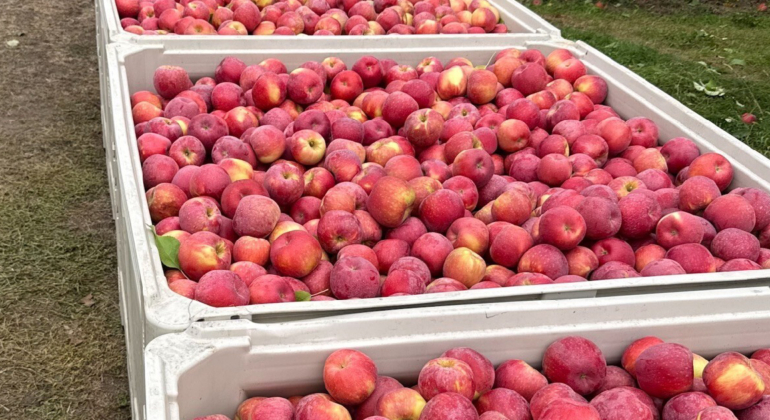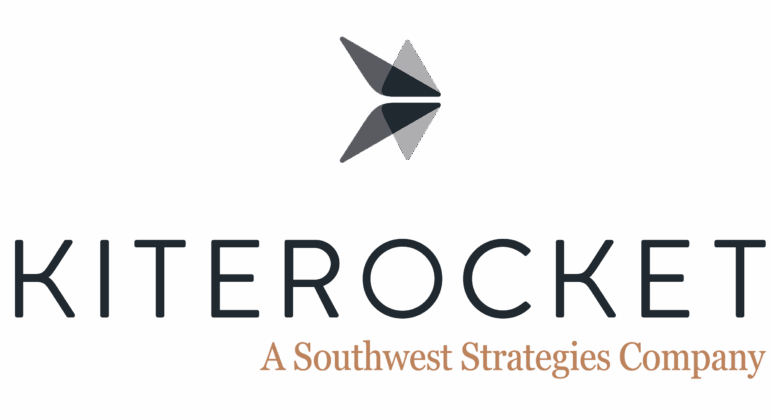Congratulations! Your PR agency’s media specialist has just landed you an interview with a leading news outlet to discuss your upcoming product launch. But are you ready to make the most of this opportunity?
Benjamin Franklin said, “If you fail to plan, you are planning to fail.” That statement is true for interviews, even those that are spur of the moment. In this blog post, we’ll share media interview training tips on how to execute flawless interviews that get results.
Media Training Interview Tips
First, make the time for the journalist – be sure to pick a time when you won’t be hurried or need to rush the end of the interview. Next, ensure you are well prepared – preparation is the most crucial step to executing a flawless media interview.
The scariest part of an interview is always the unknown. You can alleviate your anxiety by reviewing all the information your PR agency provided about the interviewer and topic, the media outlet, and its readership/viewership. This information is a blueprint for how a particular journalist writes and reveals the type of journalist they are… straightforward, challenging or someone who likes to stir the pot. All this information will help you prepare and adapt.
Choosing Key Messages for your Interview
Remember, there is a reason you’re doing an interview. What message are you trying to share, and to what audience? The goal is to deliver your key messages in a memorable and easy-to-absorb way:
- Tell the audience something new.
- Support this with either facts or examples.
- Clarify what you are doing or what you would like the audience to do, e.g., “We are holding XYZ event,” or “Download our app.”
Repeat your key messages throughout the interview.
Do your homework
It’s not uncommon for journalists to provide general questions before the interview, but these questions are just the starting point. Review the general questions until you are comfortable – although not to the point that you sound like a robot. Then take a little time to jot down a few thoughts and responses to what you MAY be asked. If you are uncomfortable in interviews – practice on your colleagues and friends. You don’t want to come off as stiff or uncomfortable.
If the interview will be conducted on camera and time allows, record a video of yourself responding to a practice “interviewer” so that you can critique your performance and make note of what works or what you’d like to change.
Media Interviewing in Today’s Digital Age
Adding a video element has become more commonplace in today’s digital world. With that in mind, it is important to be dressed for success whether or not your interview is planned for TV. The clothing you wear is an extension of yourself and the company you represent, so keep that in mind while selecting your interview outfit. Whether you have a Zoom interview, a podcast that utilizes video, or you are actually on TV, it is essential to be dressed for success. Even when you aren’t being recorded, being dressed appropriately will help put you in the right frame of mind for the interview.
When your interview has a video component, you will want to consider your target audience when selecting an outfit. For example, if your target audience is blue-collar workers, you don’t want to be wearing a suit and tie in the interview. You want to come across as relatable. Get rid of anything that can be distracting. You want to focus on the interview and the audience to focus on what you are saying.
First impressions are crucial. So, remember that, like your outfit, your body language is also essential. Remember to appear open – for example, don’t cross your arms, otherwise you will look guarded. Ensure you appear engaged while speaking and maintain eye contact with the interviewer as you would in any conversation. Remember to smile during the interview, making you look and sound more enthusiastic.
Interview Day!
Avoid technical terminology or jargon during your interview, so your messages are clear. Keep answers succinct. Don’t ramble, and be comfortable with silence. Interviewers may use silences in the hopes you’ll fill them, but speaking extemporaneously could result in you saying something you regret. Either way, don’t give the journalist additional information that will cause them to deviate from the original message of the story or have you lamenting… “Tell me I didn’t say that!” after the interview airs. Providing short, uncomplicated answers keeps this from happening.
Most importantly, there are two things you must remember:
1) Only respond to a question if you know the answer. If you do not know the answer, admit this and then move on using bridging.
Bridging technique
Don’t wait for an interviewer to ask the “right questions” to get your messages across, as this may never happen. The bridging technique allows you to move the interview toward your preferred direction:
- First, provide an answer to the question asked.
- Bridge using a statement that starts moving the discussion toward your preferred direction, such as “what actually matters is…”, “it’s also important to remember…”, “the more interesting question is…”, or “the key matter is…”
- State/reiterate a key message.
2) Remember that nothing is off the record. Do not talk about anything you do not want in print, online, or published anywhere. This is the primary rule of interviews.
Once the interview is done, always follow up with a thank-you email/note with any deliverables you promised to provide during the interview. This allows you to continue to build a relationship with the interviewer. Then lather, rinse and repeat with the next media interview opportunity!


